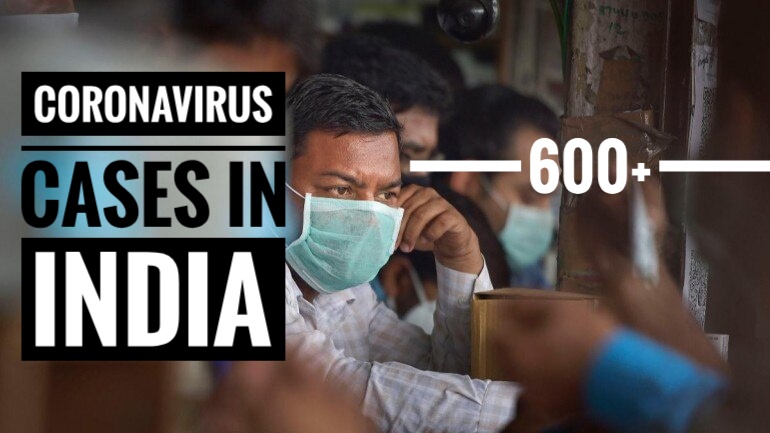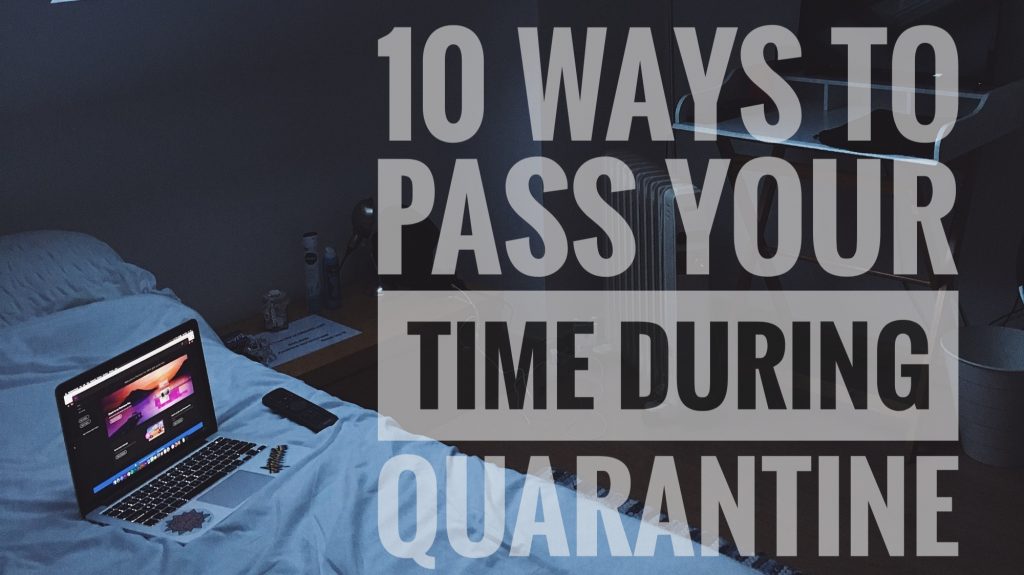Countries around the world are increasingly adopting sweeping measures to stem the spread of the new coronavirus, including full lockdowns, shutting down airports, imposing travel restrictions and completely sealing their borders.
On 24th March, 2020 PM Modi announced a complete lockdown in the country. In order to control the spread of the deadly virus, the Indian government has imposed a 21-day lockdown in the country and is urging people to avoid all ‘non-essential’ travel. India’s prime minister ordered all 1.3 billion people in the country to stay inside their homes for three weeks starting 26th March, 2020 — the biggest and most severe action undertaken anywhere to stop the spread of the coronavirus. The nationwide lockdown followed a series of decrees that had been steadily growing more stringent, and some people had been expecting Mr. Modi to announce something even more severe, like a nationwide state of emergency and declaration of martial law.
Called an epidemic curve, or ‘epi’ curve, India shows a hypothetical number of cases in a pandemic over time without an intervention and with an intervention. Professor Vivekanand Jha, Executive Director at The George Institute for Global Health in India said,”The lockdown will obviously flatten the curve somewhat, but there is a risk of resurgence of the disease. Or the curve will go up again unless in the meantime we strengthen our healthcare system, both in terms of providing more testing, but also in terms of augmenting our hospitals so that if cases appear later on, the hospitals will be able to provide appropriate care to those people.”
As of today morning, the number of positive cases of COVID-19 disease in India was recorded to be 4,789 with 124 deaths and 353 recovered from the disease.
It has already been two weeks after the lockdown was announced by the PM Modi. Due to lockdown and social distancing Indian government managed to control the spread of the disease. As people were not much in physical contact with each other, the spread of disease was increasing at a very slow rate.

Due to this, the government decided not to extend the lockdown after 14th April. But the sudden scenario of Tablighi Jamaat congregation fiasco had made the situation much more complicated. The government agencies have stepped up their efforts to trace the contacts of those attended the religious congregation at the Markaz in the Nizamuddin area.
Since the corona virus disease is spreading at fast rate now, the government is planning whether to extend the lockdown after 14th April or not. Lockdown has proved that maintaining social distance helps to control the spread of the disease. It is the major decision to be taken to limit the disease’s spread in the country.
Also, several states and experts have appealed to the central government to increase the ongoing lockdown in the country. But sources didn’t point out if a last choice has been taken on the matter.
It is yet neither decided nor confirmed by the PM Modi whether the lockdown will be extended or not.

